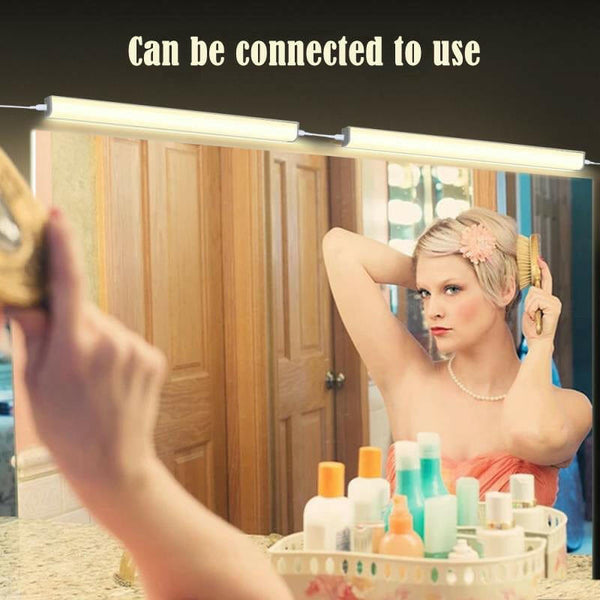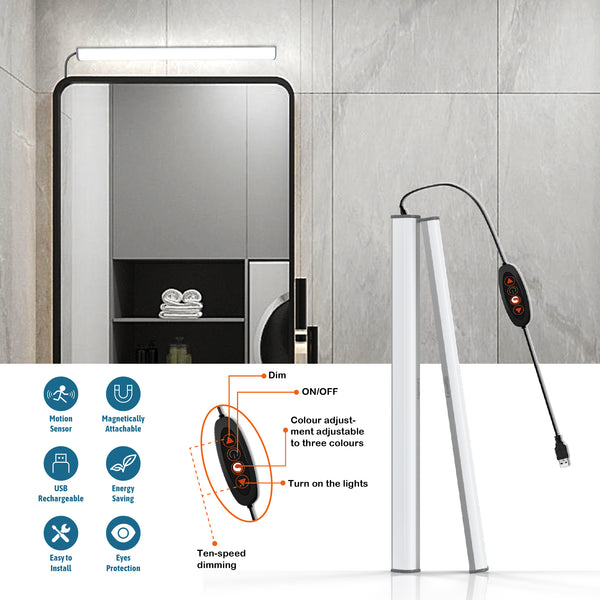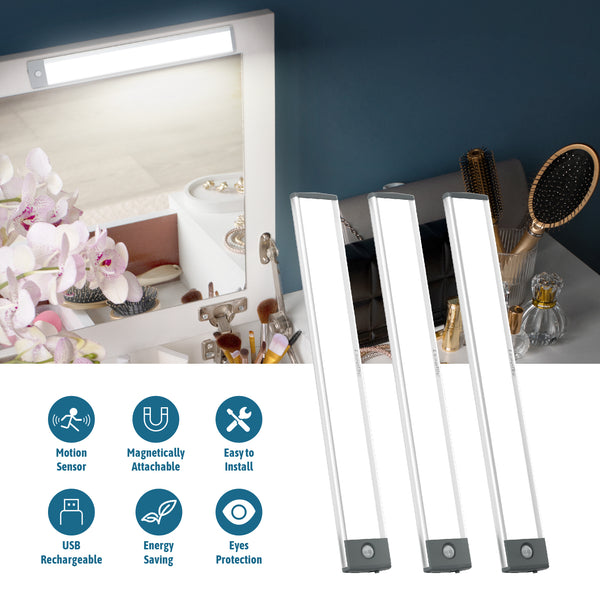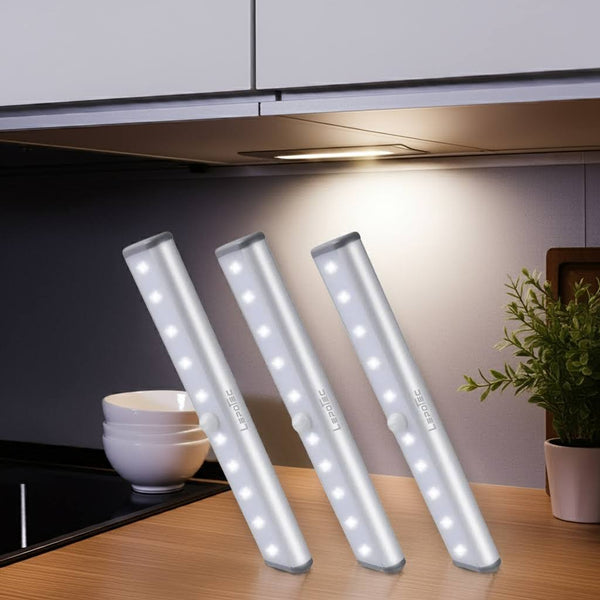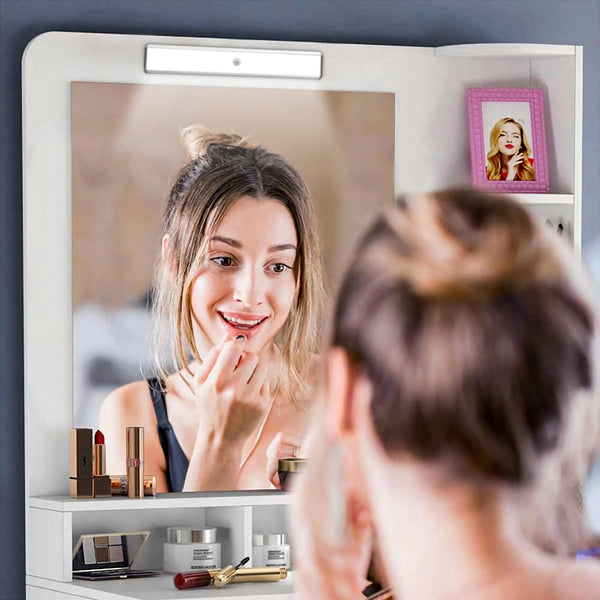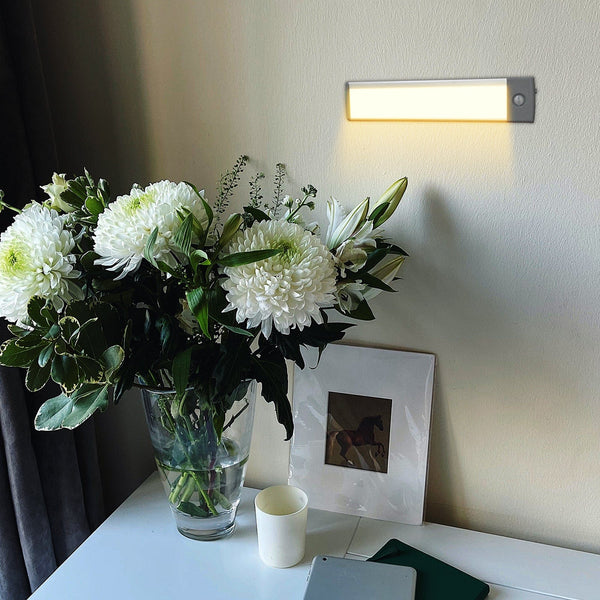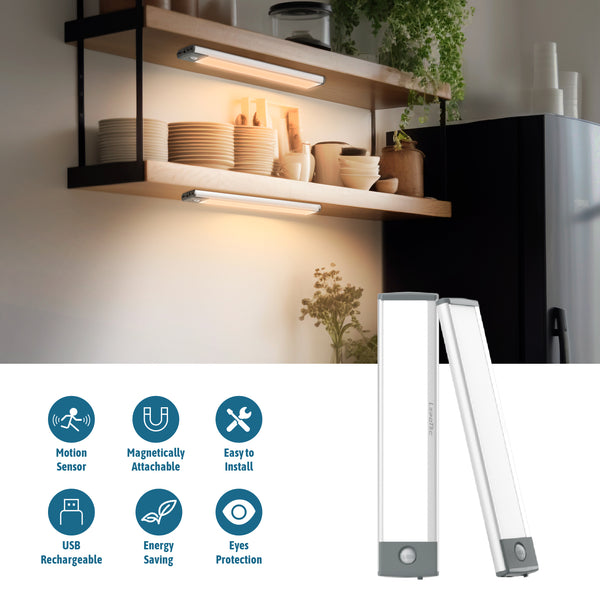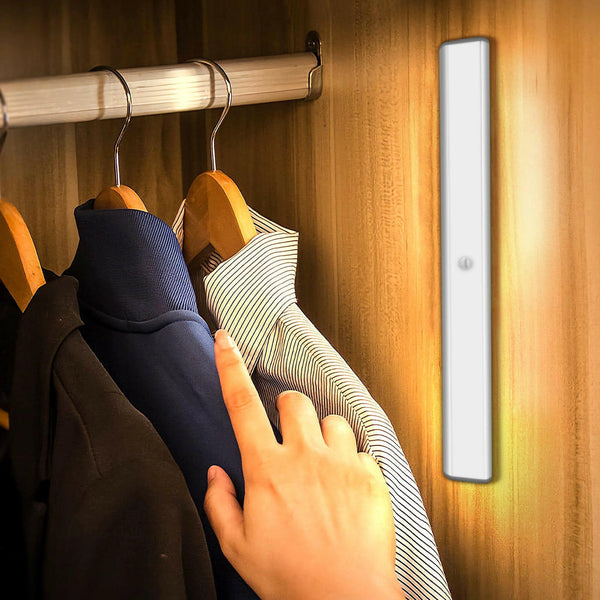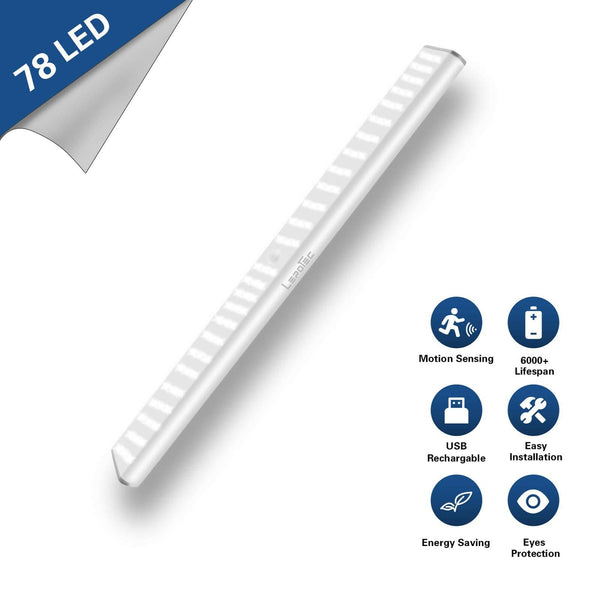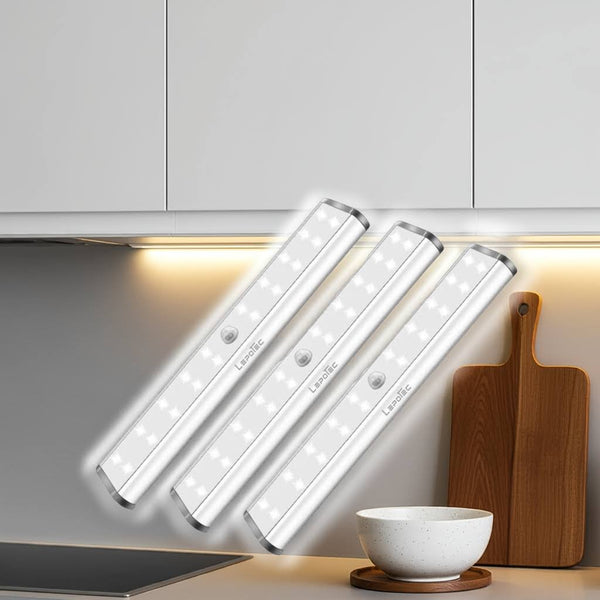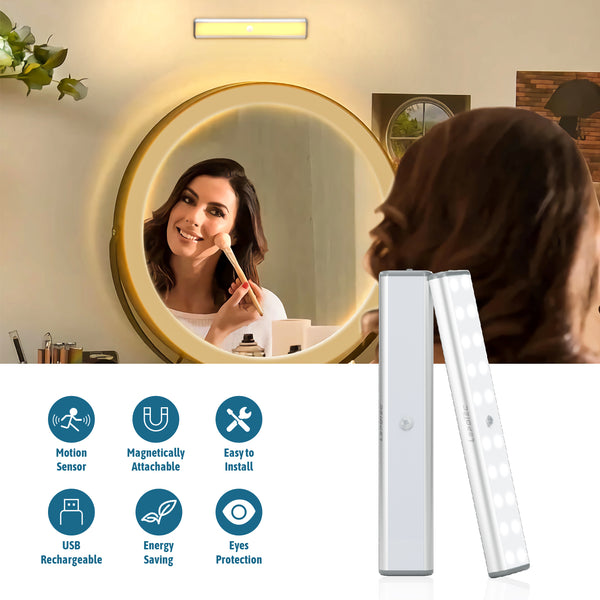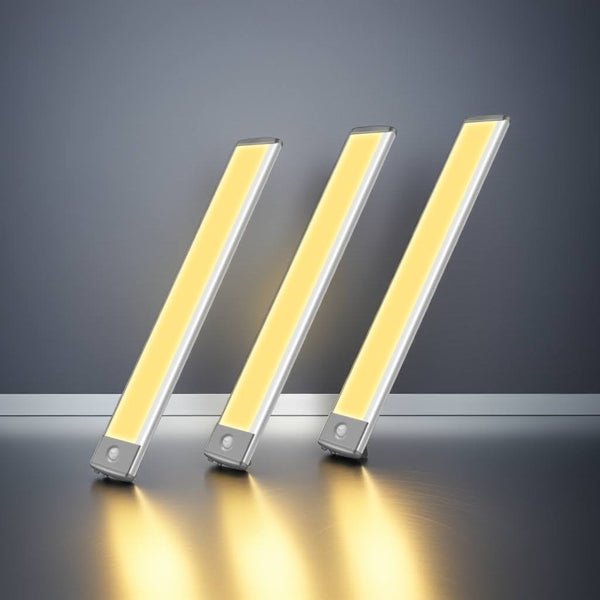Capacitive Touch Buttons
Capacitive touch sensing is generally divided into two types: self-capacitance and mutual capacitance. These technologies are widely used in touchscreens, touch buttons, and other applications. The core difference lies in how capacitance changes are detected, leading to distinct functional characteristics
I. Self-Capacitance
-
Working Principle
Self-capacitance refers to the capacitance formed between a single electrode (touch pad) and ground (GND). When a finger approaches the electrode, the human body acts as a conductor and introduces additional capacitance in parallel with the existing capacitance, increasing the total capacitance value. The sensor detects this change to determine a touch event.
As the finger approaches, the capacitance increases and triggers a signal.
-
Advantages and Disadvantages
-
Advantages:
-
Simple design
-
High sensitivity
-
Low power consumption for single-point detection
-
-
Disadvantages:
-
Cannot distinguish multiple simultaneous touch points
-
Weak resistance to interference
-
II. Mutual Capacitance
-
Working Principle
Mutual capacitance refers to the coupling capacitance between two intersecting electrodes (typically arranged in rows and columns). When a finger approaches the intersection point, it "shields" part of the electric field, reducing the mutual capacitance. The sensor detects this change at the intersection to locate the touch point.
As the finger approaches, the capacitance decreases and triggers a signal.
-
Advantages and Disadvantages
-
Advantages:
-
High detection accuracy
-
Supports multi-touch detection
-
Strong anti-interference capability
-
-
Disadvantages:
-
More complex design
-
Higher power consumption
-
Lower sensitivity compared to self-capacitance
-
1. Comparison between self-capacitance and mutual capacitance
|
|
Self capacitance |
Mutual Capacitance |
|
Detection principle |
Change in electrode-to-ground capacitance |
Changes in coupling capacitance between row and column electrodes |
|
Multi-touch |
Not supported (single point or pseudo multipoint) |
Support true multi-touch |
|
Sensitivity |
High (suitable for proximity sensing) |
Lower (actual contact required) |
|
Anti-interference ability |
Weaker |
Stronger (differential signal suppresses noise) |
|
Hardware complexity |
Low (single layer electrode) |
High (cross matrix, multi-layer design) |
|
Power consumption |
Low |
Higher (progressive scanning required) |
|
Typical Applications |
Buttons, sliders, proximity detection |
Touch screen, high-precision touchpad |
2. Summary
Self-capacitance: Suitable for single-point operation and proximity sensing, simple design but weak anti-interference.
Mutual capacitance: Suitable for multi-touch and high-precision scenarios, high complexity but powerful functions.
Hybrid solution: Some devices combine the two (such as self-capacitance for wake-up and mutual capacitance for touch) to balance sensitivity and function.
Both technologies have their own advantages and disadvantages, and the choice needs to be weighed according to specific needs (cost, function, environment).





